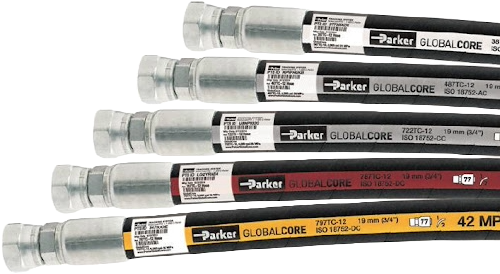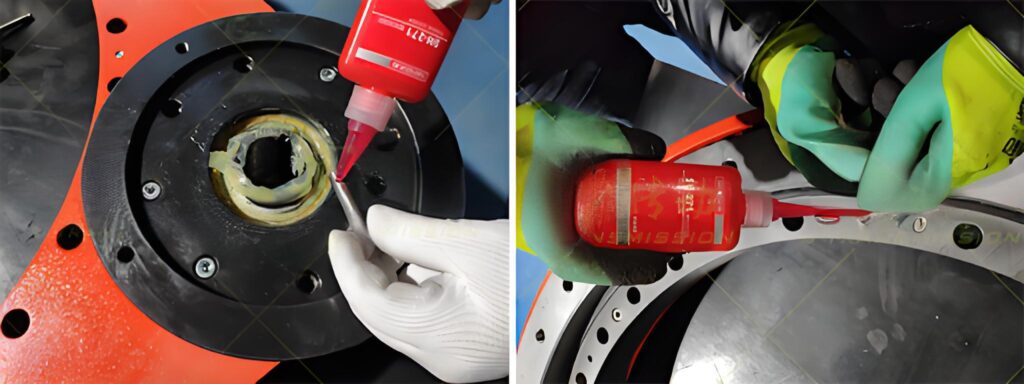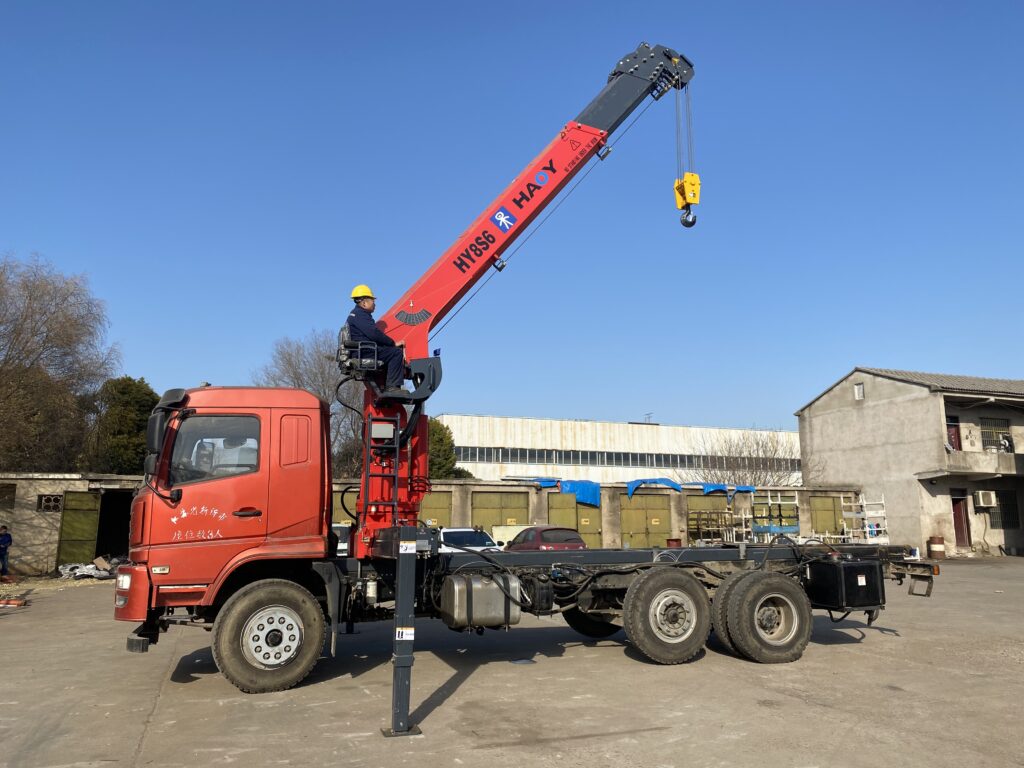Introduction
A knuckle boom crane is a sophisticated machine, combining hydraulics, electronics, and high-strength steel articulations, all built to precise tolerances. Ensuring its safety and efficiency relies heavily on regular service and maintenance, which often costs less over time than repair or replacement due to failures. This guide, based on our fleet technicians’ experience and insights from other manufacturers, outlines common malfunctions, their root causes, and effective first-response actions. These tips aim to equip operators with practical knowledge to minimize downtime and extend the crane’s service life.
1. Service Philosophy: Proactive vs Reactive
Failures during operation disrupt project timelines and damage customer confidence. Preventive maintenance shifts unplanned breakdowns into scheduled service windows, enabling timely parts ordering and efficient labor allocation. Key approaches include:
Inspection – daily visual checks and weekly functional tests.
Condition Monitoring – periodic oil analysis, cylinder current measurements, and review of load moment indicator (LMI) logs.
Periodic Replacement – scheduled replacement of wear parts such as control consoles and boom slide pads.
2. Hydraulic System Issues
2.1 Cylinder Seal Leakage
Problem: Oil streaks on the connecting rod cause slow boom rotation and reduced lifting force.
Root Causes: Contaminated oil scratching the rod; excessive pressure from a faulty relief valve; worn or misaligned chrome plating on the rod.
Remedy: Disassemble the cylinder, hone the barrel, and install new high-pressure seals and wipers. Check and recalibrate the pressure relief valve to factory specs.
Prevention: Replace filters per factory schedule and maintain oil cleanliness below ISO 18/16/13.
2.2 Hose Wear and Burst
Problem: Visible braid, pinhole leaks, sudden pressure drops.
Root Causes: Hose rubbing against boom sections during movement; incorrect bend radius causing internal wire wear.
Remedy: Replace with factory-standard hose; secure with anti-wear sleeves; route hoses through factory clamps rather than cable ties.
Prevention: Quarterly inspection of hose contact points when boom is fully extended.

2.3 Pump Cavitation Noise
Problem: High-pitched whining, unstable actuator speed, oil foaming in reservoir sight glass.
Root Causes: Clogged suction strainer, low oil level, or air in suction line.
Remedy: Clean or replace strainer; top up oil; tighten suction fittings and replace O-rings.
Prevention: Maintain oil level mid-way when cold; check strainer every 500 hours.
3. Symptoms of Structural Wear
3.1 Boom Pivot Pin and Bushing
Symptoms: Excessive lateral movement when swinging, audible knocking.
Root Causes: Insufficient or contaminated grease; overloading beyond rated torque.
Remedy: Measure pin and bushing diameters; replace if clearance exceeds specs; tighten nuts and bolts per instructions.
Prevention: Use automatic lubricator or daily manual lubrication with lithium-based extreme-pressure grease; monitor LMI overload logs.
3.2 Crack Initiation at Weld Seams
Symptoms: Hairline cracks in heat-affected zones, visible after paint flakes.
Root Causes: Cyclic fatigue, poor weld toe blending, transport impacts.
Fix: Stop-drill crack ends; grind and re-weld using low-hydrogen rods; perform magnetic particle inspection.
Prevention: Annual non-destructive testing (NDT) on boom, column, and outrigger welds; avoid side loads beyond rated angles.
4. Slewing Mechanism Problems
4.1 Excessive Slewing Ring Clearance
Problem: Reversing swing direction causes cab or floor shaking.
Root Cause: Bearing wear, insufficient preload, or missing shim set.
Remedy: Measure clearance with a dial indicator; if beyond limits, adjust shim set or replace slewing ring. Lubricate with specified molybdenum additive grease.
Prevention: Lubricate slewing ring every 50 operating hours; re-tighten bolts 100 hours after installation.

4.2 Swing Motor Overheating
Problem: Motor housing overheats, boom swings slowly, thermal protection alarm triggers.
Root Cause: Stuck counterbalance valve or clogged return oil filter causing backpressure.
Remedy: Clean or replace valve; install new return oil filter; check motor housing oil drain flow.
Prevention: Replace oil filter per rated hours; monitor housing oil drain temperature in service logs.
5. Electronic Control Malfunction
5.1 LMI Nuisance Trip
Problem: Overload buzzer sounds with empty hook; crane halts operation.
Root Cause: Sensor calibration drift after battery change, cable damage, or software faults.
Remedy: Rezero angle and pressure sensors per OEM instructions; inspect wiring; replace faulty parts.
Prevention: Weekly inspections; secure battery terminals to avoid voltage spikes.
5.2 Remote Control Signal Reception Failure
Symptoms: Poor boom response; handheld remote shows Lost Connection LED.
Root Causes: Low remote batteries, antenna obstruction, or radio interference.
Remedy: Replace batteries; raise antenna; switch channels.
Prevention: Keep spare batteries; install antenna away from steel obstructions.
6. Outrigger and Stabilizer Problems

6.1 Outrigger Deflection
Symptoms: Outriggers retract slowly under load; crane tilts during lift.
Root Cause: Leaking counterbalance valve or cylinder seal bypass.
Remedy: Pressure test valve; if leakage exceeds specs, replace valve; reseal cylinder.
Prevention: Monthly outrigger retention test—extend outriggers, mark with chalk, observe for 30+ minutes for movement.
6.2 Pad or Footplate Damage
Symptoms: Bent pads, cracked welds, missing anti-slip plates.
Root Causes: Installation on uneven, wet, loose ground or near curbs.
Remedy: Heat straighten minor bends; replace pads if severely bent; re-weld footplates.
Prevention: Use support frames on soft soil; maintain slope ≤1% with bubble level; train personnel on proper pad placement.
7. Maintaining machinery by changing the oil
| Component | Interval | Product | Notes |
| Boom pins & bushings | Daily | Lithium EP2 grease | Pump until fresh grease appears |
| Slew ring gear | 50 h | Moly grease | Rotate boom while greasing |
| Hydraulic oil | 2,000 h or 24 mo | ISO VG 46 HV | Filter change at same time |
| Return filter | 500 h | OEM element | Record the differential pressure indicator data; if the bonded filter is damaged, it needs to be replaced in time |
| Suction strainer | 1,000 h | Clean & inspect | if the bonded filter is damaged, it needs to be replaced in time |
Following this chart stabilises oil condition and reduces varnish build-up on spool valves.
8. Maintenance Planning Software
Technicians use cloud-based applications to manage maintenance schedules. These platforms prompt timely task execution and allow uploading photos of wear areas and oil lab certificates for archival. Data analytics can detect early warning signs—such as increasing pump casing oil leaks—before failures occur. Implementing such software can reduce reactive maintenance by up to 30% within the first year.
9. Training and Competence
A maintenance plan’s success depends on skilled personnel. Key requirements for a high-performing fleet include:
- Initial Certification – Mechanics receive factory training covering hydraulic, electronic, and structural repairs.
- Annual Review – Stay updated on software versions, new fault codes, and data specification changes.
- Tool Calibration – Annually adjust pressure gauges, resets, and laptop diagnostic tools to ensure accuracy.
10. A breakdown of expenses and savings
| Approach | Average Annual Downtime | Repair Cost per 1,000 h | Five-Year Net Saving |
| Reactive only | 120 h | 6,500 USD | — |
| Preventive with OEM schedule | 60 h | 3,800 USD | 14,000 USD |
| Preventive + condition monitoring | 40 h | 3,200 USD | 18,000 USD |
Research data from the technical team shows that regular replacement and maintenance will extend the service life of the crane and save a lot of costs.
Conclusion
Knuckle boom cranes’ versatility demands diligent daily maintenance. Common issues like hydraulic leaks, pin wear, swing backlash, and electronic faults often stem from insufficient lubrication, oil contamination, or miscalibration. By conducting daily inspections, condition monitoring, and data-driven parts replacement, operators can minimize downtime and prolong crane lifespan. Consistent grease application, timely filter changes, and ongoing technician training enhance crane stability and safety, ultimately boosting customer satisfaction.





